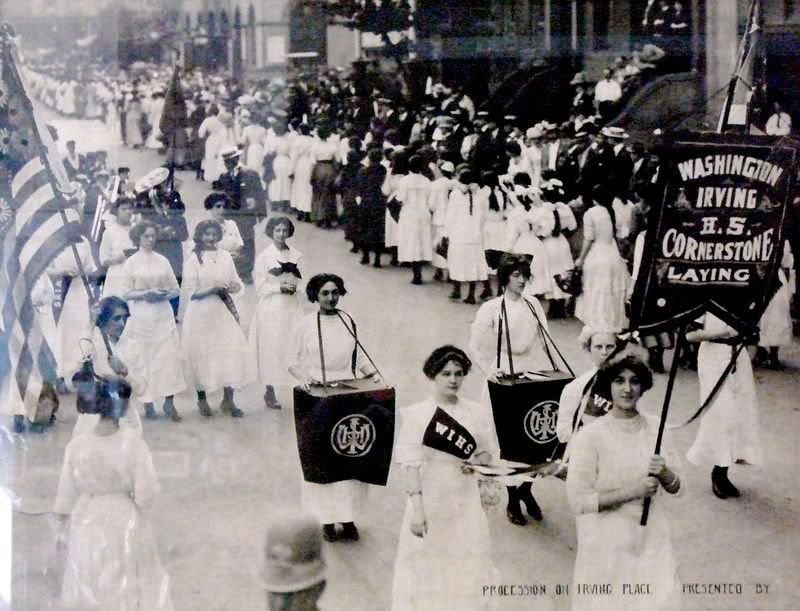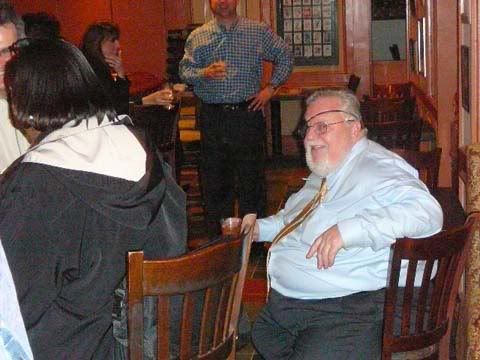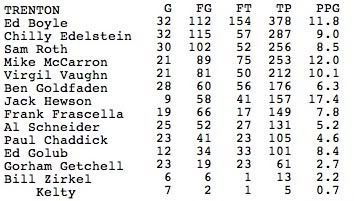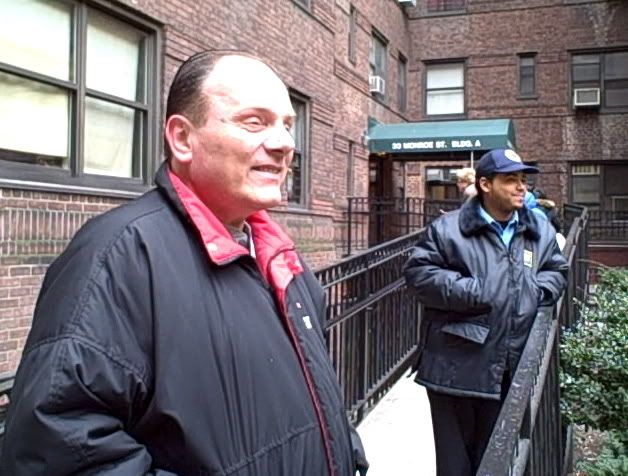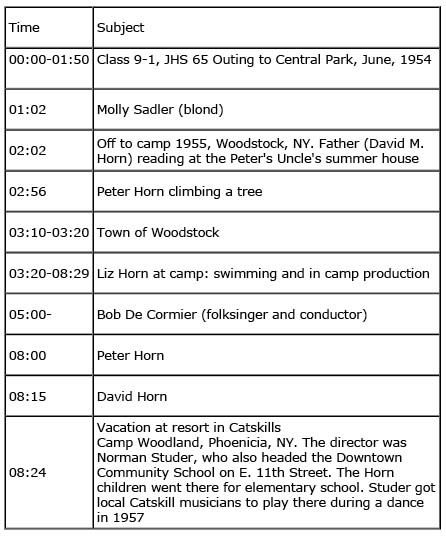Some surprise views, Knickerbocker from across the river and possibly Brooklyn based author, Paul Auster.
The music: Torme sings this great Lorenz Hart lyric:
On the first of May
it's a moving day;
spring is here, so blow your job-
throw your job away;
Now the time to trust
to your wonderlust.
In the city's dust you wait
must you wait?
Just you wait;
In a mountain greenery
where God paints the scenery
just two crazy people together.
While you love your lover, let
blues skies be your coverlet.
When it rains we laugh at the weather.
And if you're good
I'll search for wood
so you can cook
while i stand looking.
Beans could get no keener re-ception in a beanery.
Bless our Mountain Greenery home!
Simple cooking means
More than French Cuisines
I've a banquet planned which is
Sandwiches and beans
Coffee's just as grand
With a little sand
Eat and you'll grow fatter, boy
`smatter boy? Huh, huh! `Atta boy.
In a mountain greenery,
Where God paints the scenery
Just two crazy people together.
How-how-how-how-how we love sequestering
Where no pests are pestering
No dear momma holds us in tether
Mosquitoes here,
Won't bite you dear,
I'll let them sting, me on the finger!
Beans could get no keener reception in a beanery
Bless our mountain greenery,
Far from life's machinery
Bless our mountain greenery home!






